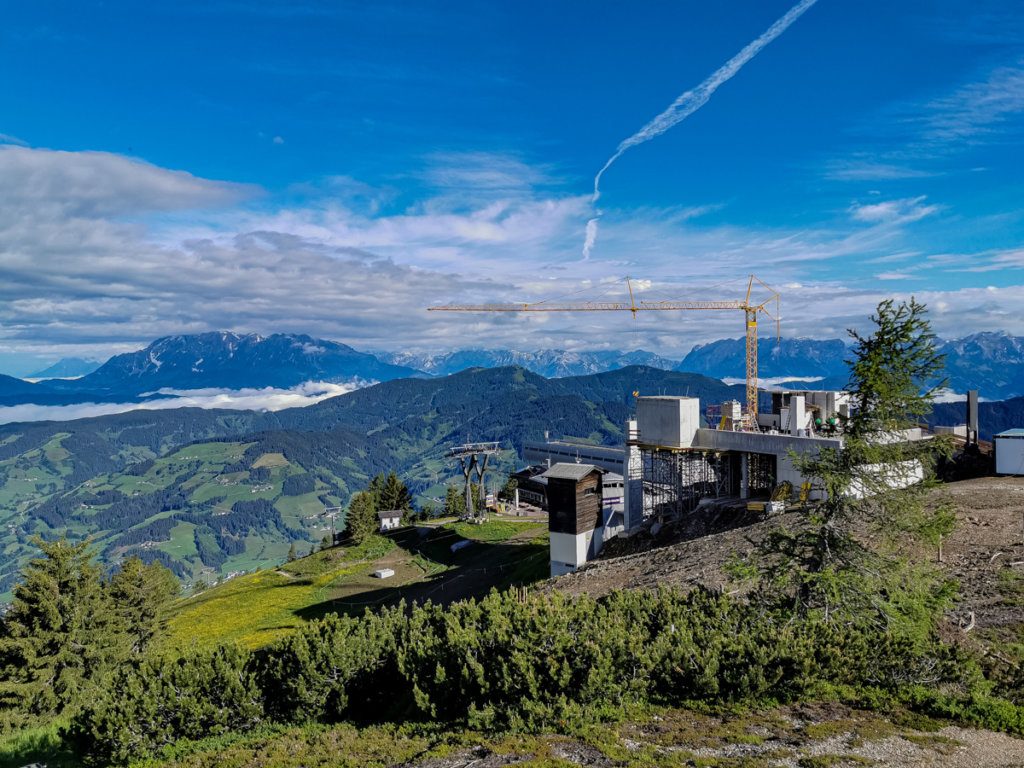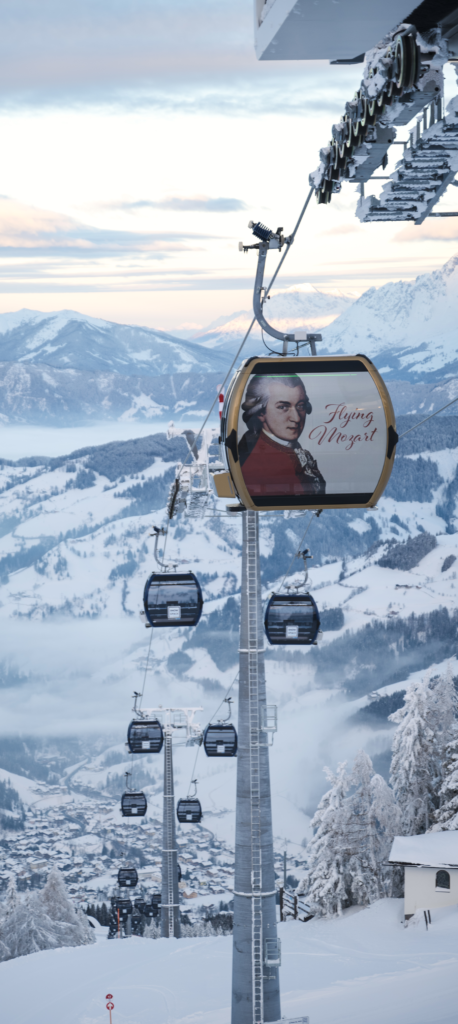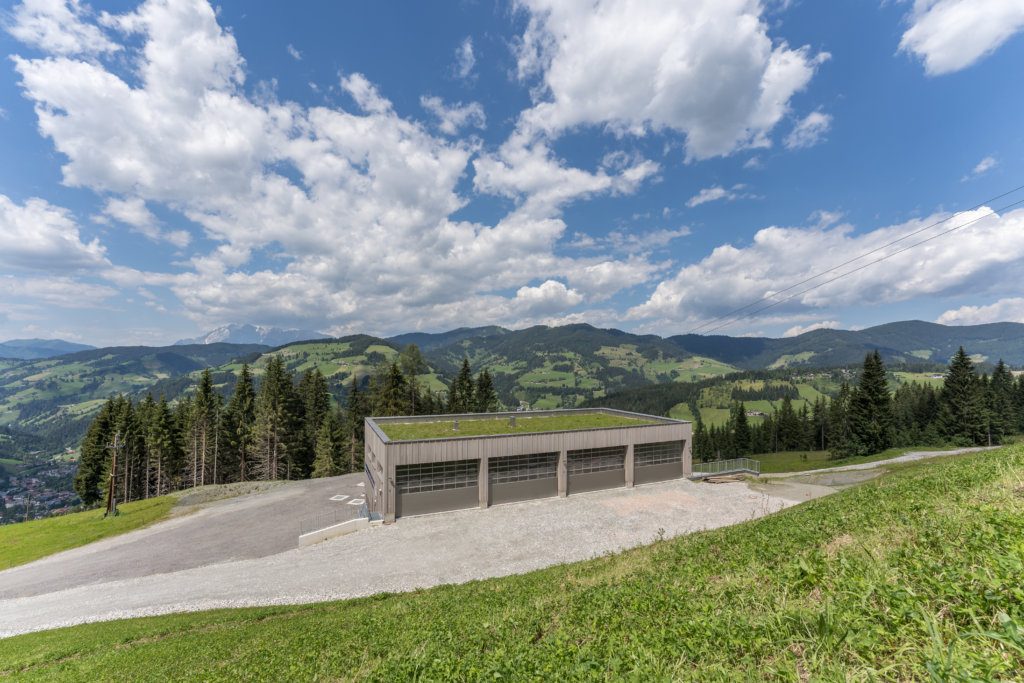Ecological footprint of a skiing holiday
More kilometres of piste here, new lifts there. The only thing that counts is profit – the environment doesn’t matter. Cable car operators are often confronted with serious accusations. The image painted in public and what actually happens probably diverge the most when it comes to the construction of lifts and pistes. Admittedly, some things were not done very well in the 60s and 70s.
But there has been a change in thinking throughout the industry, as Ulrike Pröbstl-Haider also points out in her interview. The fact is that construction projects have long been designed to be as environmentally friendly as possible. On the one hand, this is due to the strict legal regulations, and on the other hand, due to the fact that cable car companies are definitely working on fulfilling their ecological responsibility.
In our construction projects, we rely on the advice of professionally recognised experts. They ensure that our plans are carried out in an ecologically compatible manner. Snow Space Salzburg is advised by forester Michael Steinwender of Steinwender Nature Area Management, among others.
Here is an excerpt of the landscape-ecological planning that we take into consideration when building a slope or a facility:
- Herpetological planning and vegetation ecology mapping are carried out before construction.
- The course of the piste is chosen in such a way that mountain pines, groups of trees or the like can be preserved if possible. The habitat of animals is left out as far as possible or the best possible consideration is given to it.
- Existing vegetation soils (top layer) are removed and transplanted.
- High-value vegetation parts are transplanted so that they are preserved.
- The new slope areas are sown with high-quality, site-appropriate seeds and herb mixtures are added.
- To reduce debris flows, retention basins are constructed at sensible locations to regulate the flow of water during heavy rains.

The construction of the new Flying Mozart gondola in summer 2021 was accompanied by a comprehensive ecological concept that was coordinated with the planning offices involved and the nature conservation authority:
- Consideration was given to the habitats of sensitive animal species, such as wood grouse and black grouse, common toad, grass frog and alpine newt.
- Rare plant species such as orchids and gentians were taken into consideration and spared as far as possible.
- In those areas where no detour was possible, equivalent replacement measures were created, such as numerous new amphibian pools, bog-like wetland habitats, reptile structures, stepped forest edges and grouse habitats.
- Fences were erected to protect the resident amphibians and reptiles.
- Protected plants as well as small-scale wetland habitats were excavated and transplanted to a suitable site in the vicinity.
- In order not to affect the sensitive black grouse and wood grouse, silvicultural measures were postponed until autumn and winter, and extensive habitat improvements were carried out.

Respect your borders
- For every square metre of forest area cleared, a non-forest area must be converted into a forest area in Austria. This is determined by the tree protection ordinance of the respective federal state. For example, we have financed forest protection projects with mixed forests on the Sonntagskogel and Gernkogel in St. Johann as well as on the Zirbenkogel in Kleinarl as compensation for our construction projects.
- The Salzburg Nature Conservation Act includes a ban on killing and an equivalent replacement or improvement of the habitat of protected animal and plant species.
Efficiency and sustainability in facility construction using the example of the service point at Grießenkar
As another example of sustainable facility construction, we would like to introduce you to our new service point on the Grießenkar, which was built in summer 2020. The service point is, so to speak, the transfer point for piste preparation and is therefore very important in order to be able to offer you well-groomed ski pistes.
- At the service point on the Grießenkar, a sustainable form of heating was installed with an air-source heat pump in combination with concrete core activation (geothermal energy).
- In addition, the entire service point is encased in thermally insulated, back-ventilated wooden sheathing to save energy.
- An oil separation system removes used oil residues from the water used for cleaning before it is fed into the water channel.
- The optimal spatial positioning of the service point ensures short distances for the slope equipment (= less energy consumption).
- A green roof with native vegetation crowns the service point and ensures its visually harmonious integration into the natural landscape.


